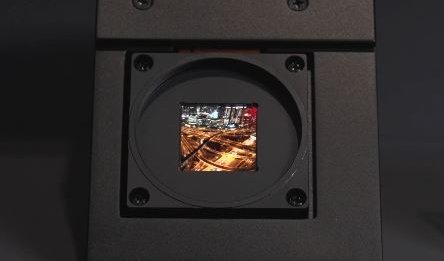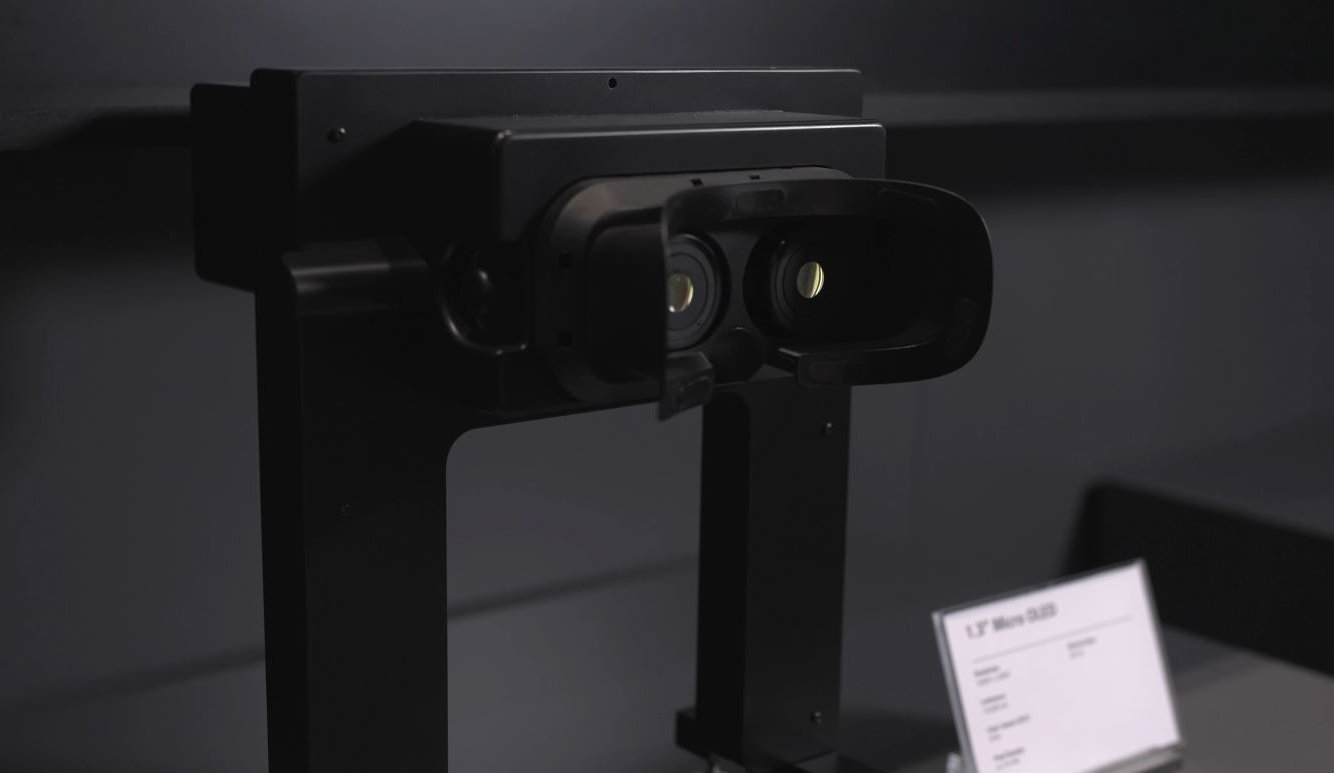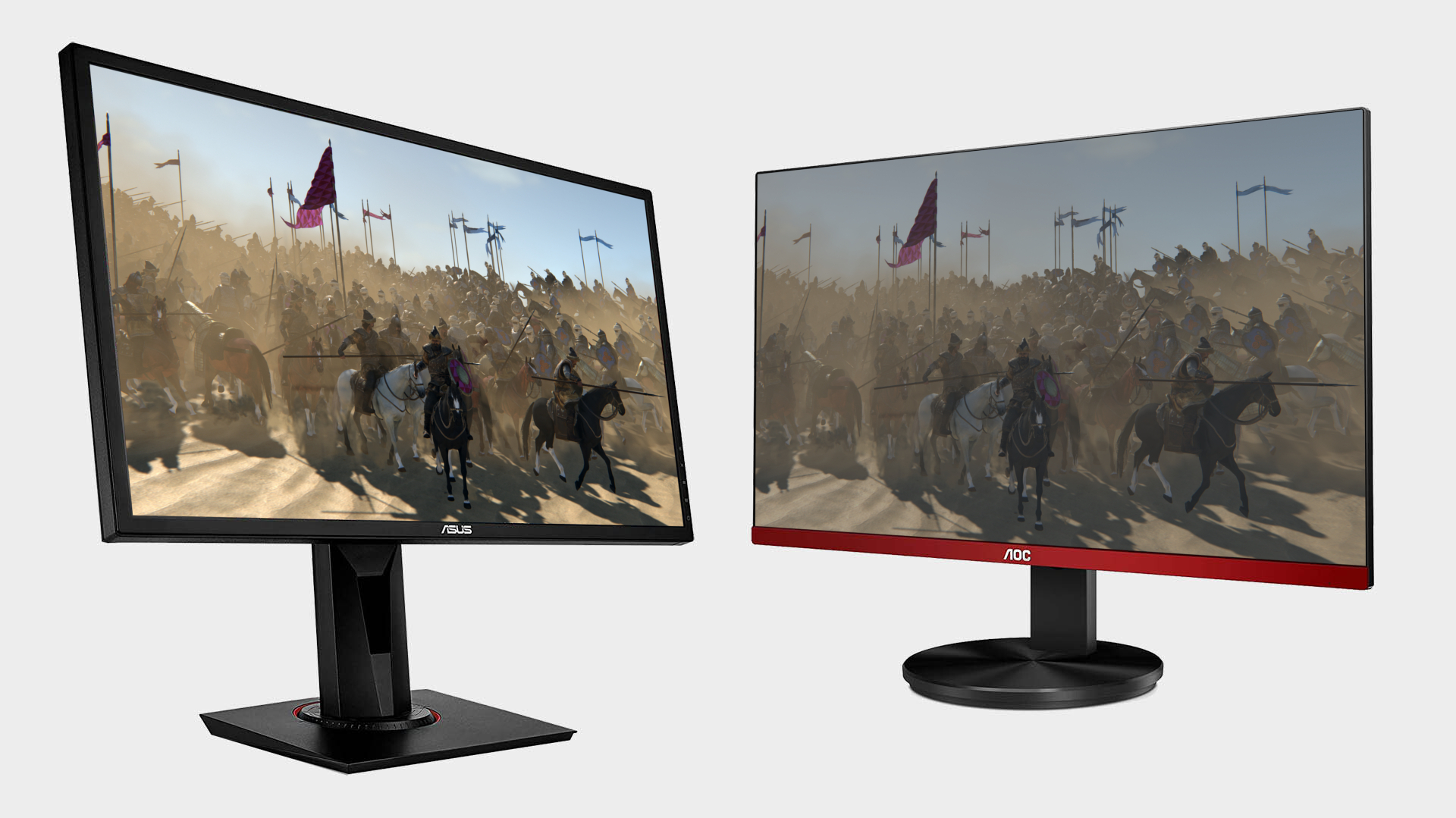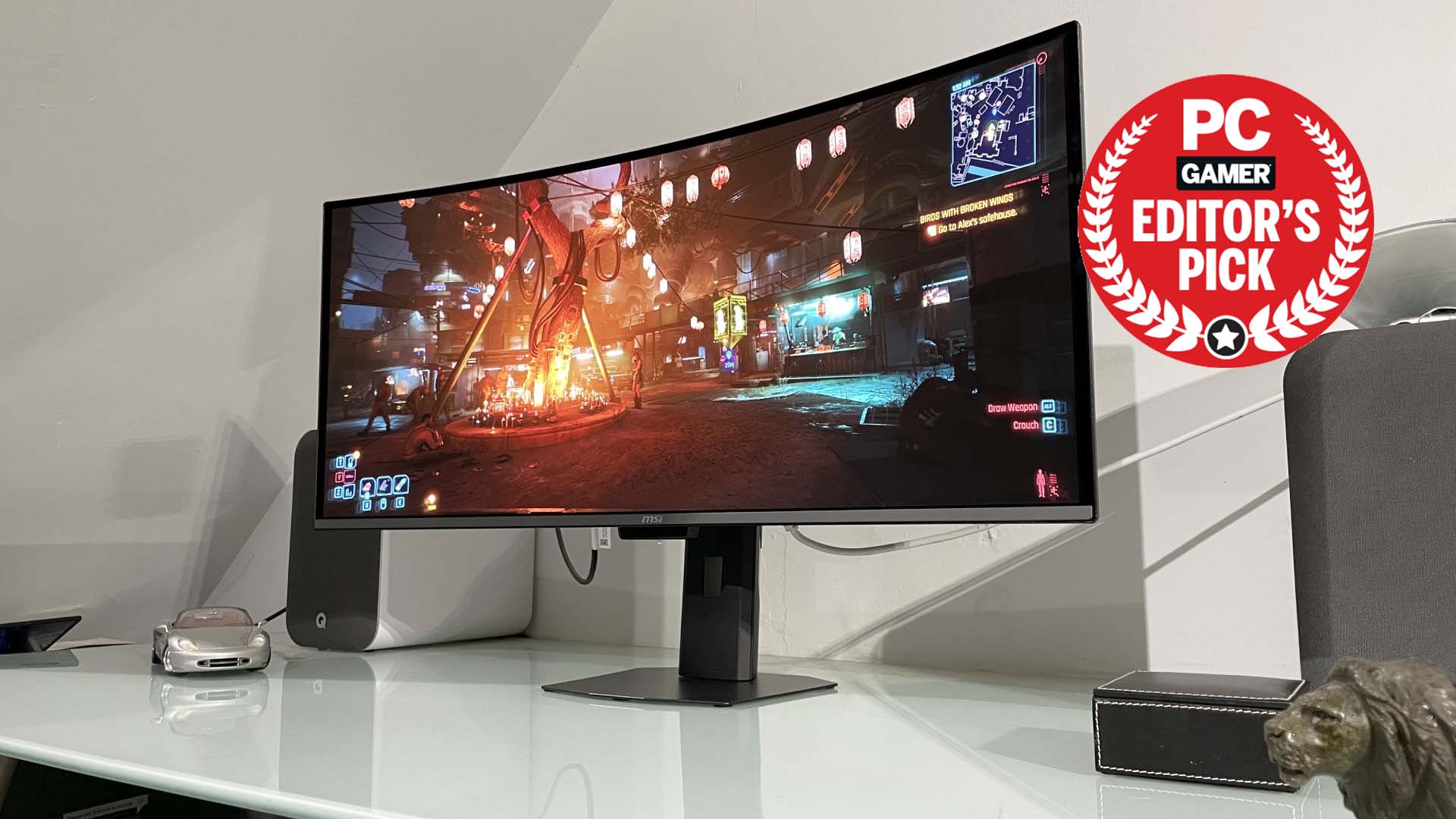LG wants to roast your retinas with its new 10,000-nit OLED panels for VR headsets
Now we're cooking with OLEDoS...

We've moaned on occasion about the underwhelming full-screen brightness of LG's first-gen OLED PC monitors. Well, it seems LG has taken it all personal, like. Because the company has just announced new OLEDoS panels with a peak brightness of 10,000 nits.
Yes, 10,000 nits. No, I haven't just fallen unconscious leaning on the '0' key. If that doesn't already seem utterly retina-roasting, get this. We're talking about tiny little OLED panels for VR headsets. So, that's 10,000 nits half an inch from your eyeball. What could possibly go wrong?
LG is calling the new display panel OLEDoS, which stands for OLED on Silicon. It's created by depositing OLED directly onto silicon wafers. This is not an entirely novel approach. For some time, LCoS display panels have been available, which are Liquid Crystal on Silicon and are typically used in projectors as a high-contrast alternative to DLP.
LG's OLEDoS panels measure just 1.3 inches across and yet offer a 3,840 by 3,840 resolution. The net result is a stupendous 4,175 DPI pixel density. The benefit of that in a VR context is obvious enough, namely super high-definition images and no screen-door effect that comes as a consequence of being able to see the individual pixels.
As for the 10,000 nits bit, well, that will definitely add to realism. If you want to simulate the uncomfortable brightness of sunlight glaring from a shiny metal surface, for instance, you'll need a lot of nits.
Of course, running such a panel at a constant full-panel brightness of 10,000 nits would seem to raise safety issues. How bright does such a panel need to be before it can actually cause eye damage?

LG says the new panels will enable VR headsets that offer "an unparalleled, vivid 3D experience." Well, quite.
Keep up to date with the most important stories and the best deals, as picked by the PC Gamer team.
To put all this into context, these new panels from LG are not entirely unprecedented. Apple's Vision Pro mixed reality headset uses so-called micro-OLED panels which are, in fact, also OLED on Silicon technology and are rated at 5,000 nits.

Best gaming monitor: Pixel-perfect panels for your PC.
Best high refresh rate monitor: Screaming quick.
Best 4K monitor for gaming: When only high-res will do.
Best 4K TV for gaming: Big-screen 4K gaming.
Apple doesn't quote the resolution of Vision Pro, instead only stating a combined total of 23 million pixels. Assuming square panels, that would work out to about 3,400 by 3,400 pixels per eye.
A teardown by iFixit actually revealed a slightly rectangular resolution of 3,660 by 3,200 on a panel that measures just under a square inch. That means a pixel density of roughly 3,400 DPI.
LG's new OLEDoS panels, then, look like a step up in most regards, if not all, over Apple Vision Pro's micro-OLED displays. But at the same time, the Apple Vision Pro would give a fairly good idea of the kind of experience LG's new panels will be capable of.
There's no word, as yet, of an actual VR headset with the new LG tech. But suffice it to say they look set to enable another step forward in terms of VR realism.

Jeremy has been writing about technology and PCs since the 90nm Netburst era (Google it!) and enjoys nothing more than a serious dissertation on the finer points of monitor input lag and overshoot followed by a forensic examination of advanced lithography. Or maybe he just likes machines that go “ping!” He also has a thing for tennis and cars.

